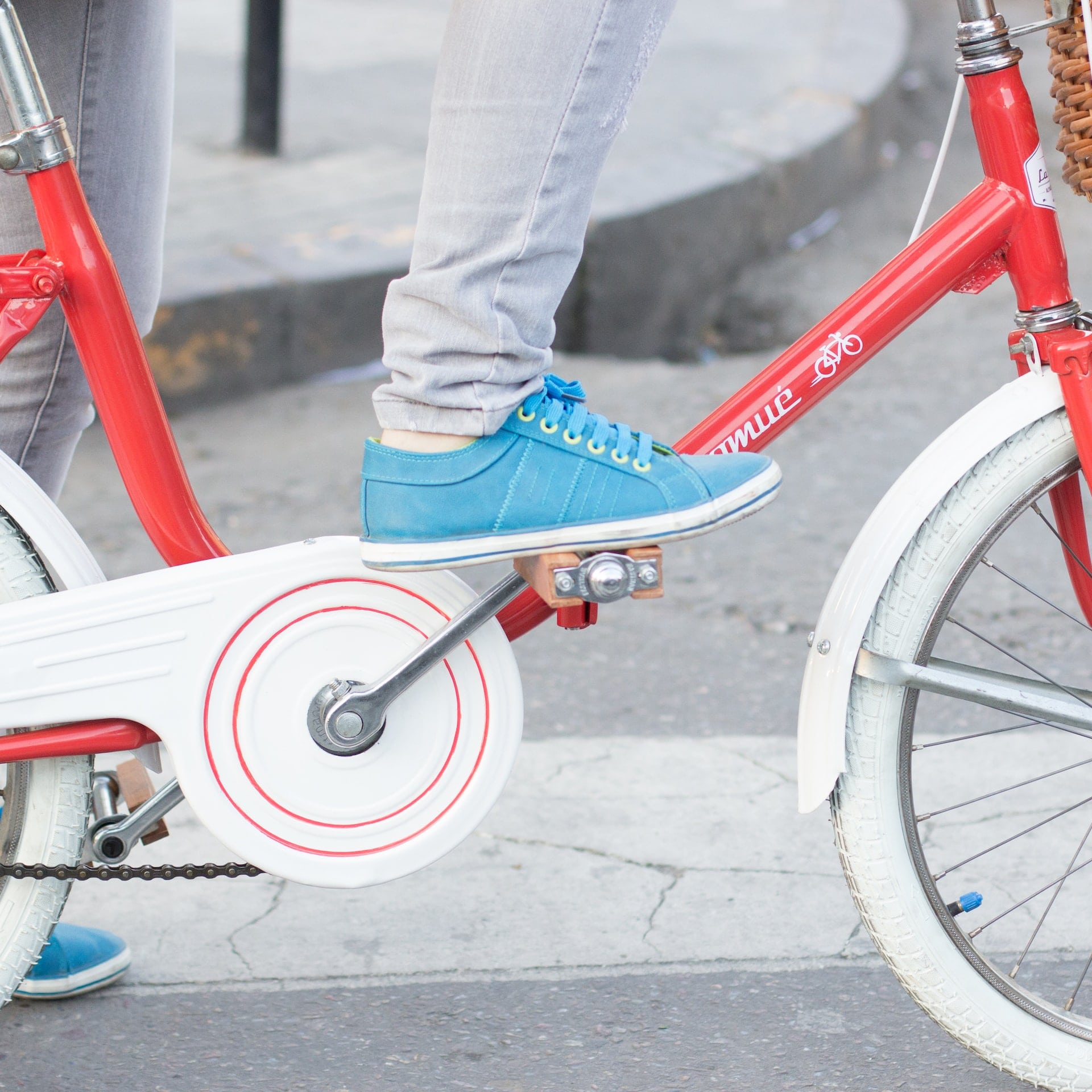When you think of handlebar rise, you probably imagine complex equations that ultimately result in a precise height down to the second decimal place.
The reality, however, is that the answer to this question is somewhat more subjective.
Yet there are some basic principles that, once understood, should help you to choose the right handlebar rise for your mountain bike.
What is handlebar rise?
Simply put, handlebar rise is the vertical distance between the handlebar and the stem. Although there is no official limit, typically the handlebars with the greatest rise have a handlebar rise of around forty millimeters.
While this may seem like only a short distance, and while it is certainly true that many variables affect rider posture, forty millimeters can have a significant effect on your riding. If you imagine sitting on a mountain bike and resting your hands on the handlebars, you will notice that your upper body’s lean is affected as you slowly raise your hands.
The shift in balance and weight can ultimately change how you deal with obstacles on the trail. At the end of the day, comfort is the most important thing and no riding position is worth an injury. Once you have found a range of handlebar rise heights that you are comfortable with, there are several options to consider before you make your final decision.
- 4 Ways You Can Raise Or Adjust Your Bicycle Handlebars
- This Is When You Should Shift Gears On Your Bicycle
- When do bike helmets expire? You Probably Didn’t Know They Did
Low vs High handlebar rise

A low handlebar rise will result in your upper body leaning forwards and more weight being shifted to the front wheel. As a consequence, you have a great deal of control over the front wheel, including steering, due to the increased traction with the ground.
If the trail you intend to ride on involves a lot of climbs, low handlebar rise will help keep the front wheel fixed on the ground and, given the slower speeds involved, you will have a lot of control over your bike.
If it is a consideration, low handlebar rise, and the resulting forward lean, will make the mountain biker more aerodynamic and therefore faster.
These handlebars here, are a great example of one of these!
A high handlebar rise, however, will cause the rider to lean further back and shift more weight to the back wheel.
This is particularly useful during descents where more traction is needed between the back wheel and the ground. It is also generally considered an easier and more comfortable posture to maintain as it is closer to the sort of posture you might expect when riding an everyday utility bicycle.
This RaceFace version here is a great example, and a good option as well.
The compromise options
If after reading this you are still undecided, there are the compromise options between low and high handlebar rise. Handlebars with rises of twenty to thirty millimeters are available.
This should give you some benefits from either a high, or low rise handlebar, instead of being at each end of the extreme.
Conclusion
Ultimately, however, each rider is different and the only correct answer to the question of what handlebar rise is the best for you is to try out a selection of handlebars.
By testing different handlebar rises, you will get an appreciation, and a greater understanding, of the effects of the different heights.
Visit your local mountain biking store, or give a call to a retailer like REI and ask for advice on the range of different handlebar rises available.














